
We continue to talk about plants useful in diabetes mellitus. This time we will focus on medicinal wild plants that lower blood sugar.
You will learn not only about the places in which this or that species grows, but also that part of the plant needs to be used, in what terms and how to store medicinal raw materials, how to prepare decoctions, infusions, teas and some dishes useful in diabetes.
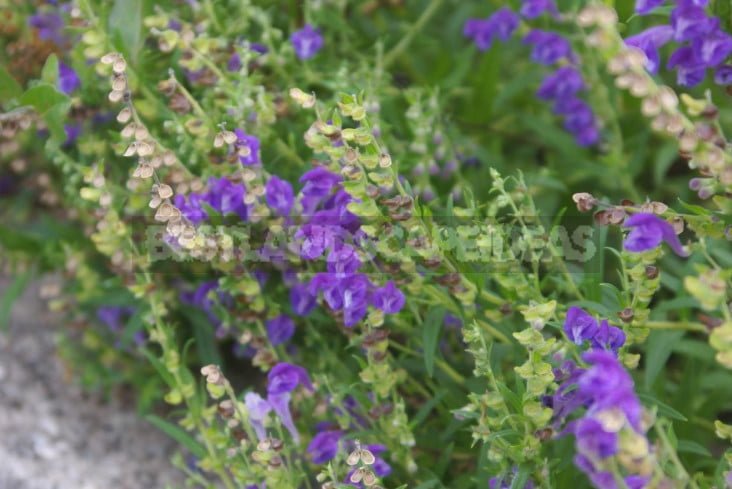
The stock of some plants in nature is very limited, so they can and should be grown in the country, especially those species that use roots, rhizomes. They will be harmonious in flower beds or rockeries, good in container planting. Skillful arrangement of wild plants will give you interesting compositions, which will combine beauty and benefit.
Galega officinalis
Galega officinalis-Pharmacopoeia officinalis medicinal plant in Bulgaria-is used in mild forms of diabetes. It is known that it reduces blood sugar levels.
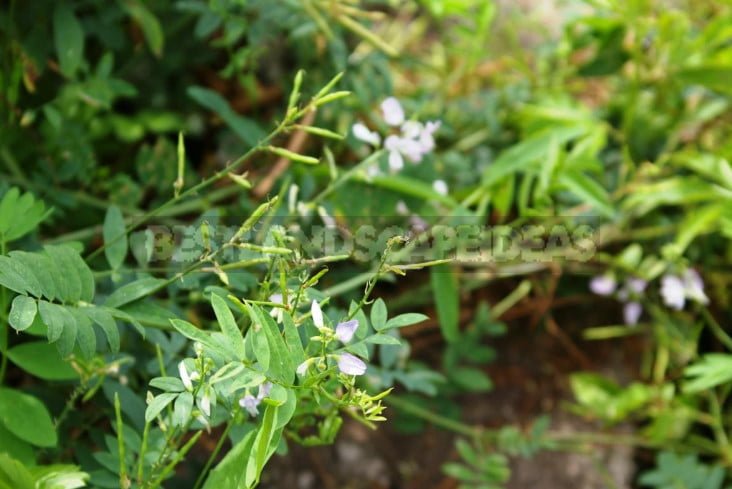
Place of growth
Galega is found in the foothills of the Caucasus, in Transcaucasia.
What to use for medicinal purposes
Aboveground part.
Terms of raw material procurement
Harvested from the budding phase to the seed maturation phase.
Accommodation in the country
Galega officinalis will be good along with other herbs in a country-style mixborder on moderately moist, slightly alkaline soils. It has a lot of advantages: early regrowth in the spring, a long period of vegetation (in the South — up to six months) and long flowering (more than a month).
Boiled Galega
- Shoots 3-5 cm in length in a pot with boiling salted water.
- Cook for 8-10 minutes.
- Drain in a colander.
- Pour the melted butter, sprinkle with breadcrumbs.
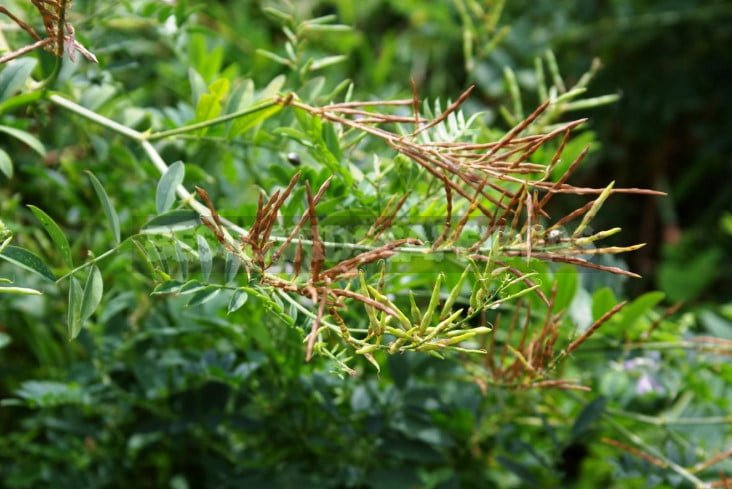
Methods of reproduction
Propagated by seeds.
Inula helenium
Anyone who has already faced the problem of high blood sugar, probably knows about inula helenium, the roots of which contain up to 44% inulin.
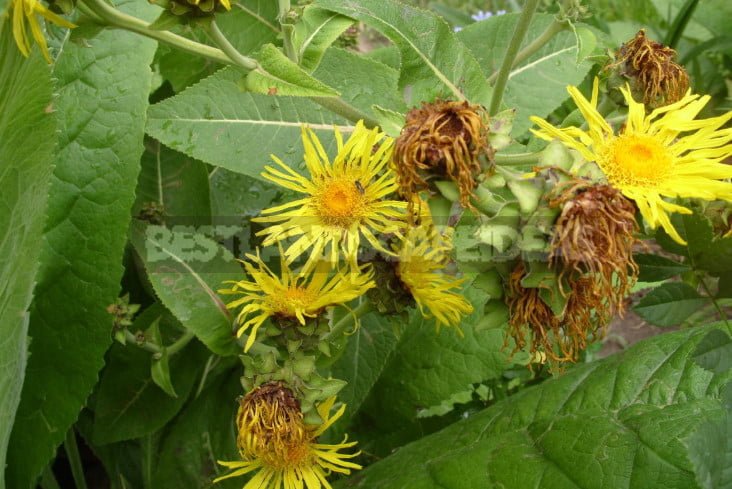
Place of growth
Inula helenium grows in forest-steppe and steppe zones, in the Caucasus, in Western Siberia.
What to use for medicinal purposes
Rhizomes and roots.
The timing and technology of harvesting the raw materials
- Properly dried roots should be brittle, fragrant, spicy-bitter taste. Harvested for the second year of life of the plant as follows:
- dig, shake off the ground, cut off the above-ground part;
rinse thoroughly in cold water; - the rhizomes are cut transversely into pieces with a length of 10-15 cm, then cut lengthwise into several pieces;
- spread out in one layer on paper and SAG 2-3 days outdoors;
- dry in a warm ventilated room or dryer (at +40°C).
Accommodation in the country
Inula helenium is a spectacular tapeworm, especially in flowering, when it sets the tone of the warm Golden color scheme of the flower garden. Appropriate in the background of the mixborders, near the pond.
Semolina porridge with inula helenium
- In a thermos put 1 teaspoon of dry root inula helenium, pour a glass of boiling water.
- Insist 15-20 minutes, filter.
- Infusion diluted milk for cooking semolina (it is cooked as usual).

Jam from the root of Inula helenium
- 1 kg roots are boiled, put into a colander and finely chop.
- Grind 0.5 kg of acidic components: sorrel leaves, sour, red currant and gooseberry berries, sour apples.
- All put in one container, pour 1.5 liters of water. Cook on low heat for about 2 hours (from the moment of boiling).
Wild strawberry
Who did not collect wonderful strawberries and did not drink a great tea of them, flowers and leaves? Perhaps there is no such summer resident. And for people suffering from diabetes, this plant is a real find.
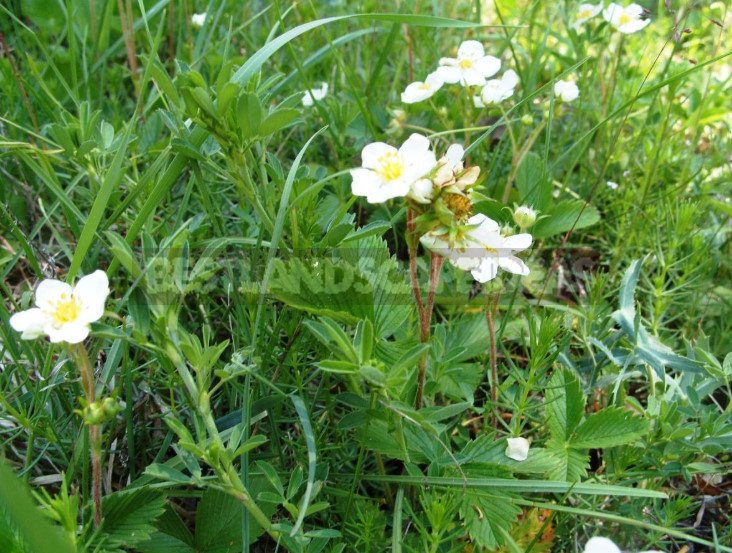
Place of growth
Wild strawberry (Fragaria vesca) grows in the forest and forest — steppe zones of the European part of Russia, in Siberia-to Baikal, in the Caucasus.
What to use for medicinal purposes
Fruits and leaves.
The timing and technology of harvesting the raw materials
The leaves are harvested in the flowering phase and in the autumn (tea from autumn leaves is pleasant to taste and has a more intense color), dried under a canopy. The fruit is harvested at maturity, slightly dried, dried in the shade.
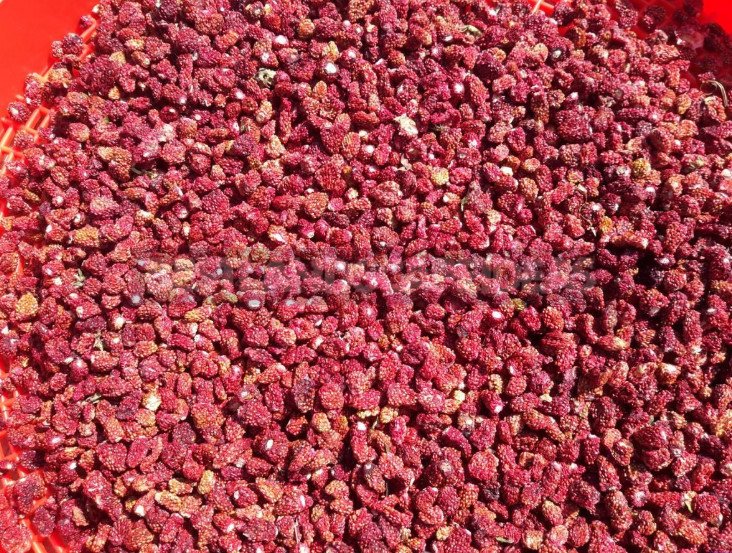
Accommodation in the country
Under the forest strawberries can take a separate bed, and you can plant it among the stones of rockery, in the foreground of the flower garden or grown in a container.
Fragrant tea
In one container put dry leaves: strawberries-10 g, raspberries-10 g, flowers of Philadelphus or Jasmine medicinal-10 g. the Ingredients are mixed, put a pinch in a tea Cup, pour boiling water.
Infusion
Dry raw materials of strawberry (1 tbsp. spoon of leaves and 1 tablespoon of berries), pour 0.5 liters of water, put in a water bath for 10-15 min. then Cooled, filtered. Take 150 ml 3 times a day.
Alchemilla vulgaris
In folk medicine, Alchemilla vulgaris has long been used in diabetes, as it helps to maintain normal blood sugar. In Bulgaria, it is used to prevent this disease.
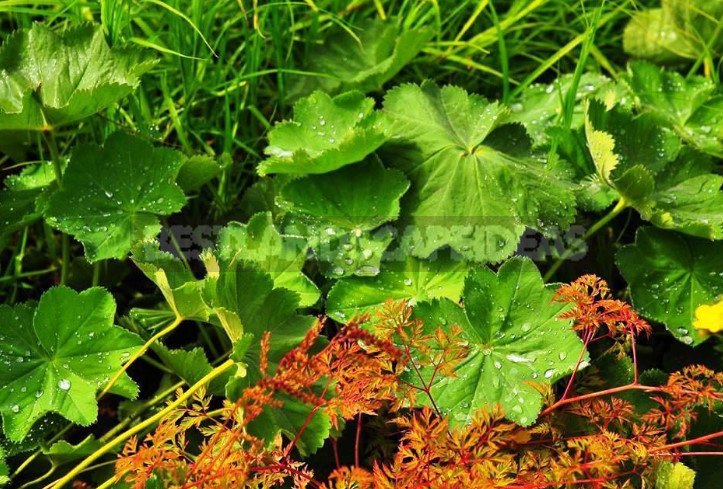
Place of growth
Alchemilla vulgaris grows in the European part of Russia, Siberia.
What to use for medicinal purposes
Aboveground part: leaves, flowers, stems.
The timing and technology of harvesting the raw materials
Harvested in the flowering phase, from June to August. Dried at a temperature of + 40…+50°C.
Accommodation in the country
Alchemilla vulgaris is a background plant that creates small green islets in the flower beds, which are necessary for relaxing the eyes, limiting the color in the mixborders and to soften the diversity.
Salad of Alchemilla vulgaris
- Young leaves (150 g) blanched in boiling water for 1 min, discarded in a colander, allow to cool, finely cut.
- Chop green onions (25 g) with a knife, grate horseradish root (15 g).
- The ingredients are combined in a bowl, stirred, add salt to taste, seasoned with sour cream (20 g).
Tussilago farfara
Beautiful undersized plant that gives the first yellow spots not only in the forest, but also in the spring flower bed, in rockery, on the shore of the pond. This is a seasonal dominant, which then turns into a background view, decorating the soil with green Islands of leaves.
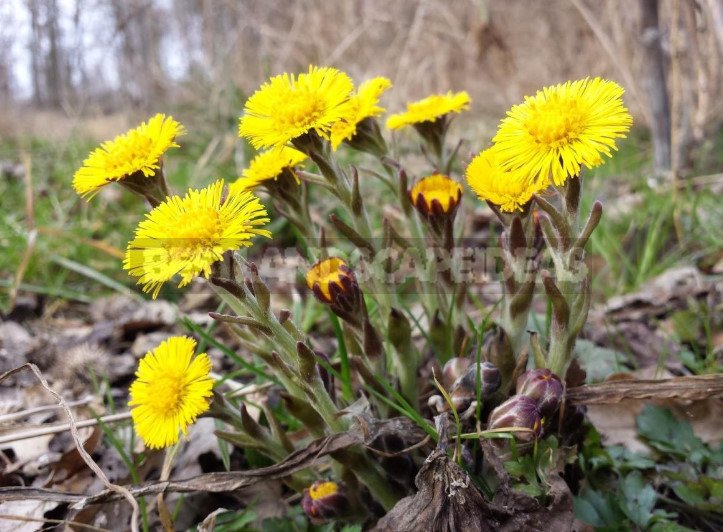
Place of growth
Tussilago farfara grows in the European part of Russia, Western Siberia.
What to use for medicinal purposes
Leaves, flower baskets.
The timing and technology of harvesting the raw materials
Leaves harvested in June (when they are large), inflorescence — in April-may, early flowering. Dried at a temperature of + 50…+60 ° C.
Pasta with inflorescence of Tussilago farfara
To prepare you need:
- processed cheese-100 g;
- butter-50 g;
- baskets of inflorescences (dry pre-soaked in plain water) – 3 tablespoons.;
- garlic-1 clove.
Cooking recipe:
- Butter and cheese are mashed to a smooth paste.
- Add finely chopped inflorescences, garlic clove, passed through the garlic press.
- All mix well.
Erigeron canadensis
It is his we all summer positioned as a weed, so specially to start and breed it in the country is not necessary, but to use the grown — necessarily.
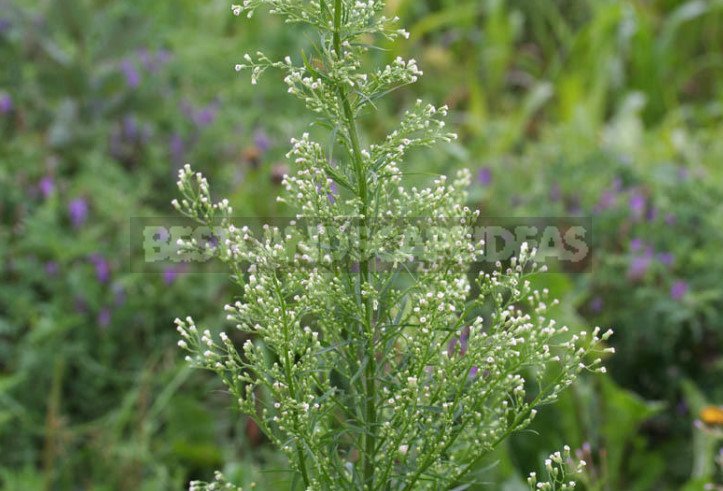
Place of growth
Erigeron canadensis-weed, brought from North America, which grows everywhere.
What to use for medicinal purposes
Aerial shoots.
The timing and technology of harvesting the raw materials
In the flowering phase. Dried, laid out on paper.
Herbal extract
- Crushed grass (5-10 g) pour 250 ml of boiling water, insist 1 hour in a closed container.
- Take (only after consultation with your doctor!) 1 tablespoon 3-6 times a day.
Taraxacum officinale
Cute weed that’s not planted on purpose, but it grows on its own. But for diabetics more useful vitamin salads from his young of leaves.

Place of growth
Taraxacum officinale grows everywhere.
What to use for medicinal purposes
All parts of the plant.
The timing and technology of harvesting the raw materials
The above-ground part is harvested throughout the growing season, the roots-in late autumn (September-October). Dried, spread out on paper, in a ventilated area.
Infusion in diabetes
- Dry crushed roots (1 teaspoon) pour 1 Cup boiling water, insist 30 minutes, filter.
- Take (strictly after consultation with your doctor!) 50 ml 3-4 times a day, 15-30 minutes before meals.
Cichorium intybus
The coffee is familiar to many diabetics. The plant itself is also known by many.

Place of growth
Cichorium intybus grows in the Caucasus, in Central Asia, as a skid — in Western Siberia.
What to use for medicinal purposes
Roots.
Terms of raw material procurement
Harvested in autumn.
Accommodation in the country
Cichorium intybus with sky-blue flowers can be placed in a mixborder in the country style or define it on a motley lawn.
Scutellaria baicalensis
Wonderful plant in the flowering period will support the cold tones of the composition. Its blue-purple flowers will make an elegant border, undersized forms can be defined in the rockery.

Place of growth
Scutellaria baicalensis grows in the far East, where it is classified as a rare species, so it is better to settle it in the country and grow their own raw materials.
What to use for medicinal purposes
Roots (from 2-3 years of plant life).
The timing and technology of harvesting the raw materials
Harvested in autumn: cleaned of soil, washed. Large cut into pieces of about 5 cm, dried in dryers.
Some species-weeds-uninvited guests make their way to the beds, and we try to get rid of them. Others become useful green Pets that settle in our cottages for many years.
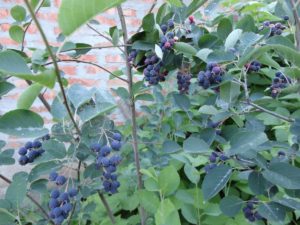
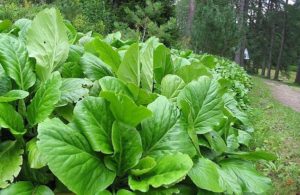
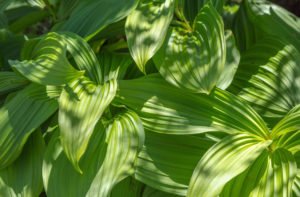
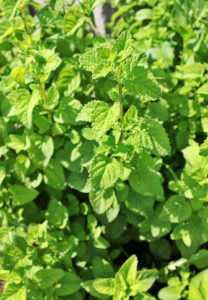
Leave a Reply